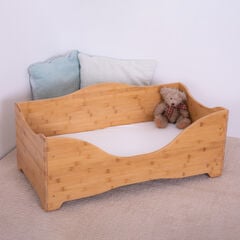You just can’t slow down the growing process. One minute they’re gurgling bundles of joy, the next they’re outgrowing pairs of shoes like there’s no tomorrow. When children grow at such an alarming rate, they need a good healthy night’s sleep. A lack of good quality sleep will make them irritable, un-co-operative and unable to concentrate. Sleep deprivation, in the long term, can result in increased health issues and impact on growth and development.
And sleep doesn’t just take place at home, most babies and toddlers have periods of rest at their childcare settings. It’s therefore important that early years professionals understand the importance of sleep to a child’s health and wellbeing. Encourage positive sleep habits and be aware of the vital role they play in ensuring children get adequate amounts of sleep.
Offer support
It can be helpful to educate parents around how important naps are too. Many parents believe children are ready to give up naps much sooner than they actually are. Welcome packs before they start nursery or other early years setting with an information sheet, flyer on napping, the benefits and developmental advantages, plus the consequences of not having them are good to share. It can be a useful reminder to let them know about average sleep needs and that babies need sleep over a 24 hour period too, not just night-time.
Support parents to understand sleep and how to get a good routine established at home. This will mean that you don’t have overtired youngsters in your setting who will be really difficult to settle. Very often these children can present as hyperactive when actually they’re just overtired so again, it is really important to work in partnership with parents so that the sleep needs of these children are best met in both environments.
Some families will be concerned that their child won’t nap as well outside of their normal routine. Talk to them about their child’s sleeping arrangements and reassure them you have plenty of experience in easing babies and toddlers into a new sleep setting and helping them to nap.
Create a sleeping area
Where do naps take place? Ideally, there should be an area in your setting where babies and children can rest and sleep away from the ‘play’ environment. Naps are essential for babies and children in the early years as they allow them to recharge, rest and recover so that they can continue throughout the day.
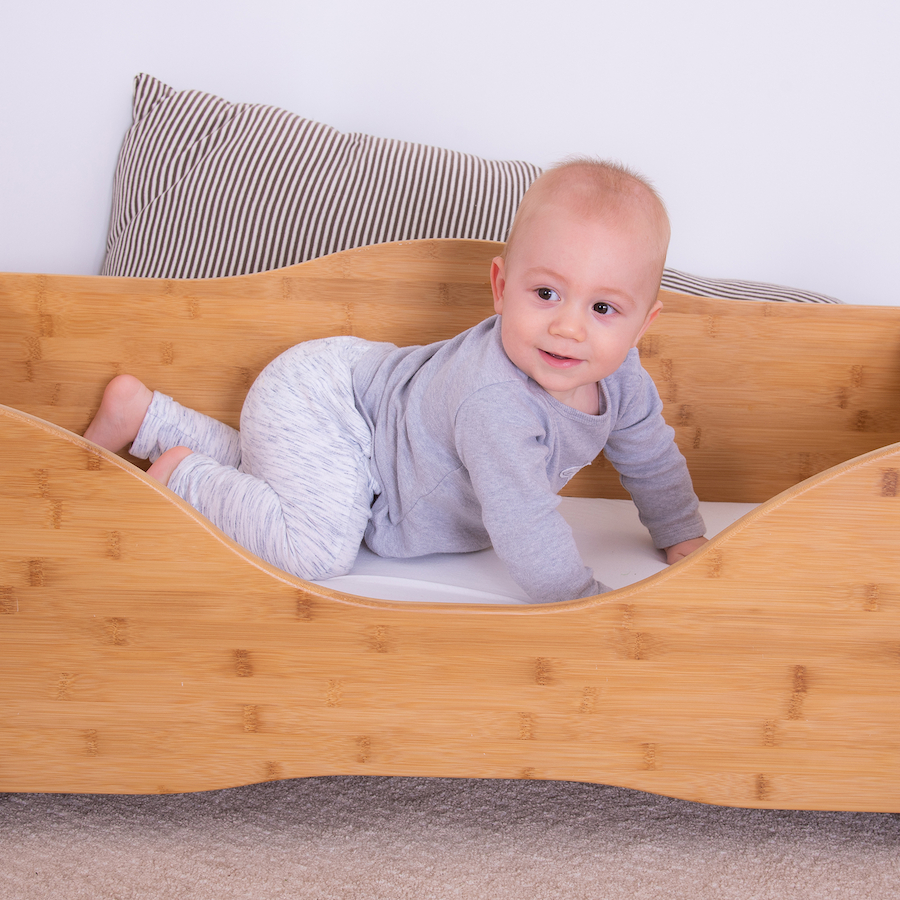
Think about the environment
Try to ensure the environment is right for sleep – it should be cool, quiet and conform to safe sleeping practices. Keep the walls plain and avoid bright stimulating colours. Playing some relaxing music in the room on low throughout nap time may help mask wider environmental sounds coming from the rest of the setting.
Lighting and Location
It might not be possible to have a fully darkened room (and that might not suit all children either) consider lowered lighting. If you have to make room in a corner of a nursery, consider whether it’s possible to use partitions or dividers to separate the quiet area or drape sheets to cover wall displays so visual stimulation is reduced.
Time to calm down
Factor in half hour after lunch to calm down and also ensure food is digested. This will lower brainwave patterns ready for a nap and make it easier to drift off to sleep. You could consider moving into the sleep space, putting relaxing music on and having relaxing toys such as threading, bricks, colouring, reading and sticking.
Are they comfortable?
Make sure all their needs are met so they’ve been to the toilet if they’re toilet trained, they are in clothes that are comfortable, they have blankets or comfort toys that they need to hold that they brought in from home to help them feel more secure.
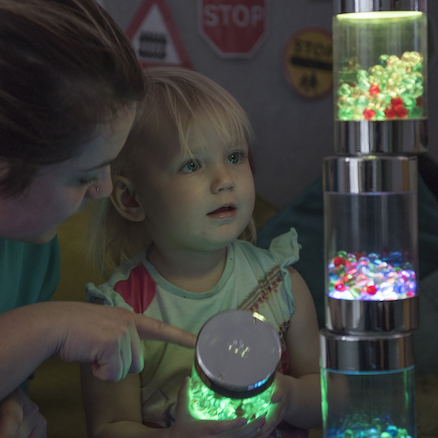
Where possible, make sure what they are sleeping on is comfortable and cosy to promote sleep, rest or a snuggle. There are many choices from bean bags and sleeping mats right through to cots and stackable small beds. Some settings offer a variety of options so families can choose where they would like their child to sleep. Remember, beds should be safe (See Lullaby Trust) and age-appropriate eg. babies in a cot or mat on the floor, toddlers on a low bed or mat and older children may like to sleep on bean bags.
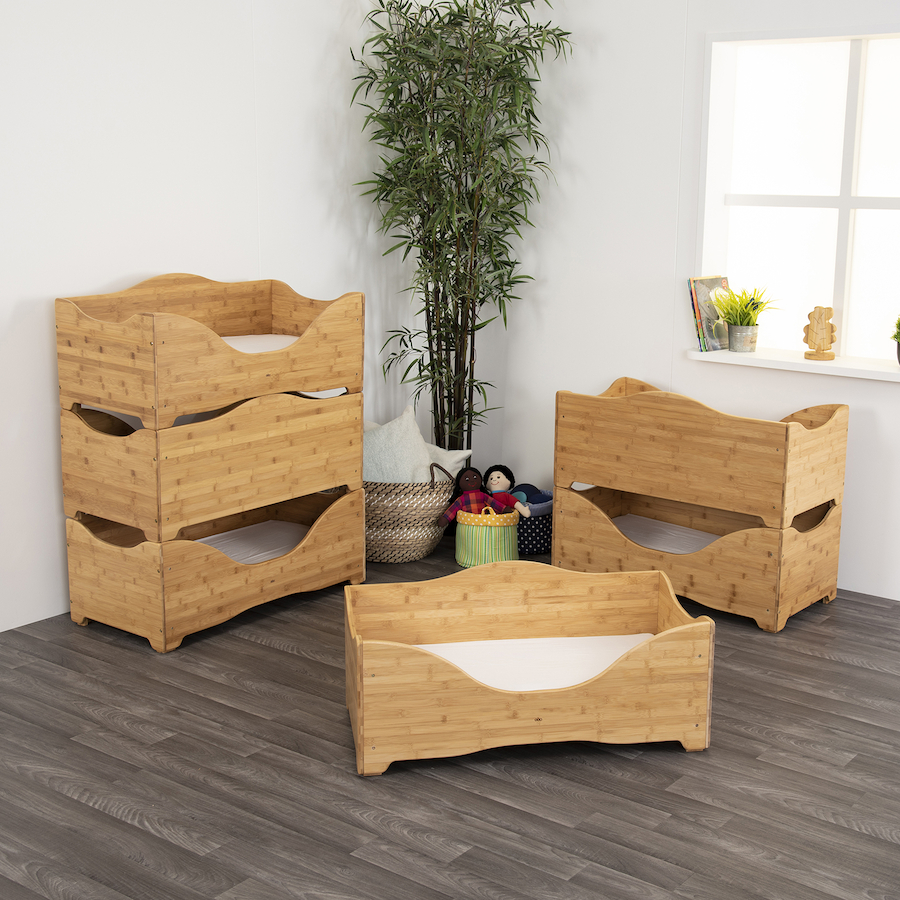
Be flexible
Does your setting have set times for naps or is there flexibility for each child? Each child is an individual with their own needs and where possible, this should be considered. However, most naps tend to take place after lunchtime when we are biologically driven to have a little bit of a break. Be open to allowing families to share their child’s napping routines with you.
Keep a track on naps
Naps are important and children under the age of three generally have one nap per day, with younger children needing more. A daytime sleep cycle is approximately 45 minutes long so for children around the three year age bracket you would need to allow around an hour – 15 minutes to settle and then 45 minutes for the nap.
You can keep an eye on them coming out of a sleep cycle by noticing them becoming a bit restless, rubbing their heads on the mattress, rubbing their faces with their hands and changing position. This can be a really good time to wake them up because it means they will be at the end of a sleep cycle and they will feel more awake and alert.
It can be useful to keep a track on naps, not only for other members of staff but also the families – especially if they’re experiencing any sleep difficulties at home. Childcare settings should work closely with families, offering support and advice and working on a good sleep pattern together.
Sensory
If they have any sensory needs then these will have to be addressed. For example, if they are visually impaired or hearing impaired then sleeping in total darkness may be disorientating for them. A child whose sensory needs are not being met is going to find it really difficult to drop off. This is especially important if you have a child who is diagnosed with Autism or Sensory Processing Disorder. Consider how their sleep space feels and whether it meets their sensory needs.
Times when they might not sleep
There will be times where children do not want to sleep, they may be sickening for something, they may be having growth spurts, they may be teething or they may have had a disrupted sleep pattern the night before and may not be tired as usual.
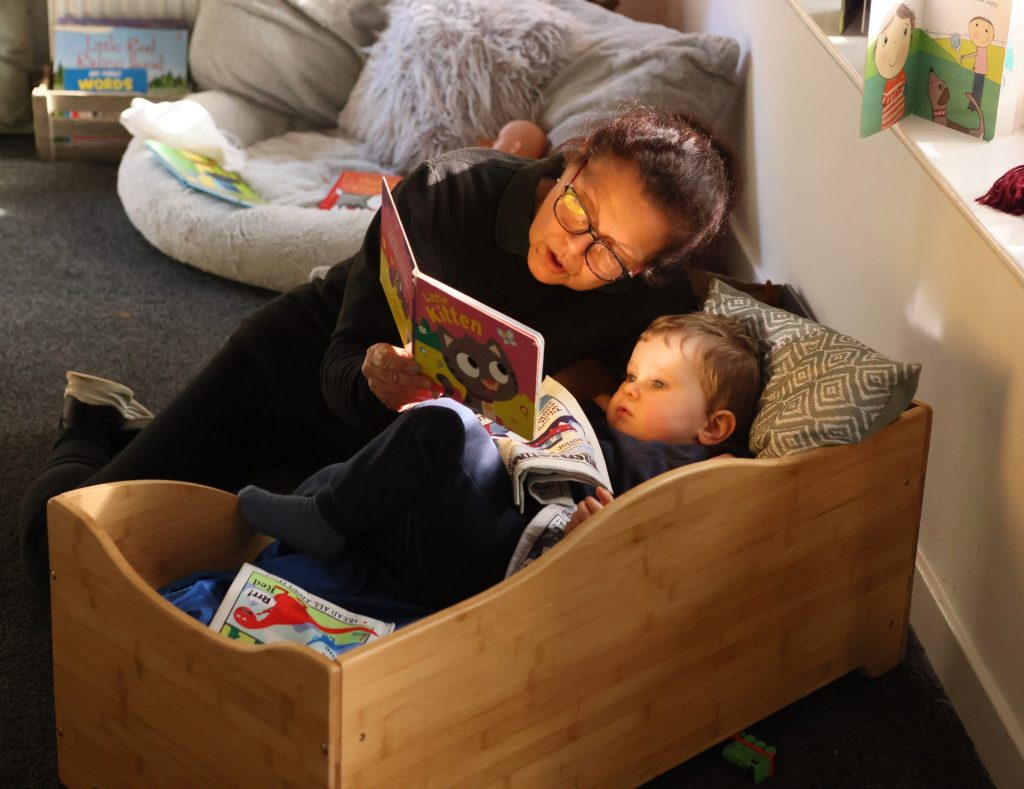
With many thanks to Helen Rutherford, lead sleep practitioner for The Sleep Charity for sharing this blog with us.


